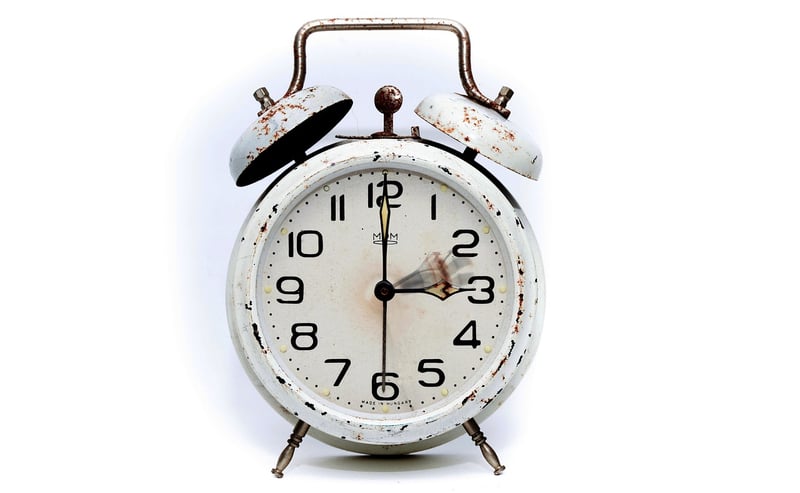Historical Etiquette
Guidance for Time Travelers: Navigating Historical Etiquette
Time travel is a fantastical concept that has captured the imagination of many. The idea of journeying through different eras and witnessing historical events firsthand is both thrilling and daunting. However, for those daring adventurers who find themselves traversing the annals of time, understanding and adhering to historical etiquette is crucial to avoid unintended consequences and blend seamlessly into the past.
1. Dress Code:
One of the most visible aspects of historical etiquette is the dress code. To avoid standing out like a sore thumb, it's essential to dress appropriately for the time period you are visiting. Whether it's the elegant attire of the Victorian era or the flamboyant fashion of the Roaring Twenties, blending in with the locals will help you avoid drawing unwanted attention.
2. Language and Mannerisms:
Language and mannerisms also play a significant role in historical etiquette. Be mindful of the language used during the era you are visiting and try to adopt the speech patterns and expressions of the time. Additionally, observe the social norms and customs of the period to avoid unintentionally offending the locals.
3. Respect Cultural Norms:
Every era has its own set of cultural norms and traditions. It's essential to respect these customs and behave accordingly. Whether it's bowing to royalty in medieval times or observing strict gender roles in the 1950s, understanding and adhering to these norms will help you navigate historical society with ease.
4. Dining Etiquette:
When dining in a different time period, pay close attention to dining etiquette. From the elaborate table manners of the Victorian era to the casual dining style of the 1960s, understanding how to conduct oneself during meals is crucial to avoid social blunders.
5. Interacting with Historical Figures:
If you find yourself in the company of historical figures, approach them with respect and humility. Avoid altering the course of history or revealing future events, as this could have unforeseen consequences. Instead, engage in meaningful conversations and learn from the wisdom of the past.
Conclusion:
Time travel is a thrilling adventure that offers a unique perspective on history. By understanding and adhering to historical etiquette, time travelers can navigate different eras with grace and respect, ensuring a memorable and enriching experience.

Remember, when venturing into the past, always tread carefully and embrace the lessons of history with an open mind and a respectful heart.
Safe travels!
